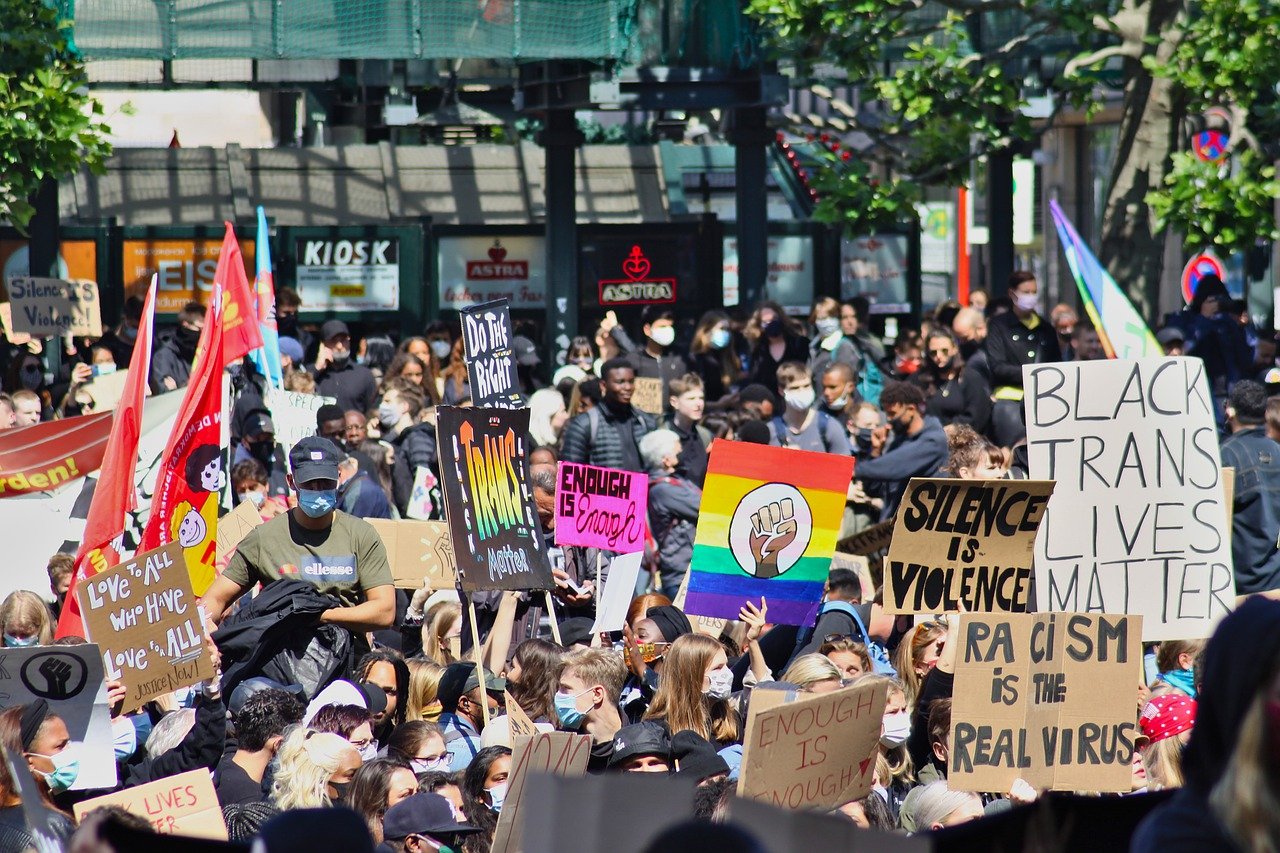What does your brand stand for?
Consider the following:
- 71% of Americans say brands should respond to racial injustice issues and 20% would stop buying a brand if perceived to be acting hypocritically on racial injustice issues, via an Opinium study.
- 68% of US consumers surveyed would purchase products/services from companies with a brand purpose, compared to 35% of all brands, per the findings from the Reputation Institute and StrawberryFrog’s Purpose Power Index.
- 60% of millennials and Generation Z surveyed by Deloitte said businesses “have shown a genuine commitment to society” during the coronavirus pandemic, yet they generally do not believe businesses have a “positive impact on society.”
“While we are still in the early stages of brand purpose in America, 2020 may prove to be the tipping point,” said Taylor Smiley, principle, partnership marketing at The Richards Group. “The COVID-19 and social justice movement have caused consumers and employees to expect and demand more from companies than ever before.”
While much of the general public expects more than just goods and services from companies, those that seek to be woke need to do more than just add a new tagline, update their logo or form a committee, say experts.
“You saw a lot of brands speak out about Black Lives Matter, but have very few Black voices in corporate positions. When that happens, even with the best intention, the voice does not come across authentically,” said Goldie Chan, CEO and founder of strategy agency, Warm Robots.
In addition to brand purpose, another commonly used phrase that’s come to the top of our social consciousness of late is D&I — diversity and inclusion. Rising fast is an expanded version — DEI, or diversity, equality and inclusion, Chan said.
“A strong brand purpose has a strong element of DEI,” she said. “When we think of brand purpose, we don’t always think about the people that make it up, and that is part of DEI in making sure we are inclusive of the community that creates the brand, aka, the internal infrastructure at a brand or corporation.”
Starting out?
Before a brand can change its culture, there must be a change in the role of leadership, said Scott Goodson, CEO and founder of StrawberryFrog.
“A shift has to occur from one/few imposing themselves on others and inspiring them to follow, to one/few listening to others and then calling on them to create a movement. CEOs, CMOs and chief human resources officers who get it right, as well as brand managers and HR executives working with them, understand there is now a new, different kind of leadership,” Goodson said.
For companies who want to change their culture and be more socially involved, like any new project, it helps to conduct an audit to take stake of who, what and how you stand for.
“When companies are thinking about going through a brand audit, the most important part is thinking who their audience is. Of course, there’s the basic geographic and demographic information that is really helpful informing how a brand responds to a crisis or how a brand moves forward, even with a rebrand,” Chan advises.
Chan also said, “It’s also important to ask: Who is the active part of the consumer base, and who is the majority of the consumer base. As we see online, there two are not always the same. The active voice of the community may not be the same as the people who are purchasing a lot of the brand’s products.”
How do you create a brand purpose?
As with any branding, it has to be authentic and starts from within, say experts.
“If a company or brand wants to join the political or social discourse, the first thing they need to do is actually have people who are part of that group of people within their company speaking about it, and/or hire agencies or consultants who can speak accurately to these issues,” Chan said.
“Authenticity is a word that’s been overused at least the past two years, but the meat of the term is important: Really having a voice in the room to help brands when they try to do something — like changing a logo — help them understand what is meaningful and what is less meaningful,” she added.
But what about mistakes?
Chan said mistakes are bound to happen — but it’s how a brand reacts that will help calm any potential storm.
“The first step of any good brand reputations management course of action is to meaningfully apologize for what they did,” she said. “Of course, the second part of that, which I believe is common sense, once you apologize, then change your course of action. That means, if you messed up as a brand, you say you’re sorry and you attempt to actually fix the issue. You don’t just say, we’re sorry. We’ll never do it again, and then when it pops up again repeatedly, you keep saying you’re sorry over and over again.
“That does not resolve the issue. When you do that, it erodes trust between yourself and your consumer.”
Goodson echoes Chan’s point about the importance of sincerity and real change behind a brand creating a brand purpose.
“This isn’t just a spin on an old CSR program,” he said. “The company must become an activist itself on behalf of something it believes in — something that also matters deeply to its employees and customers.”
Mike Driehorst is SmartBrief’s digital media editor, working on newsletters covering social media, advertising, agencies, interactive marketing, multiculturalism and the automotive industry.
